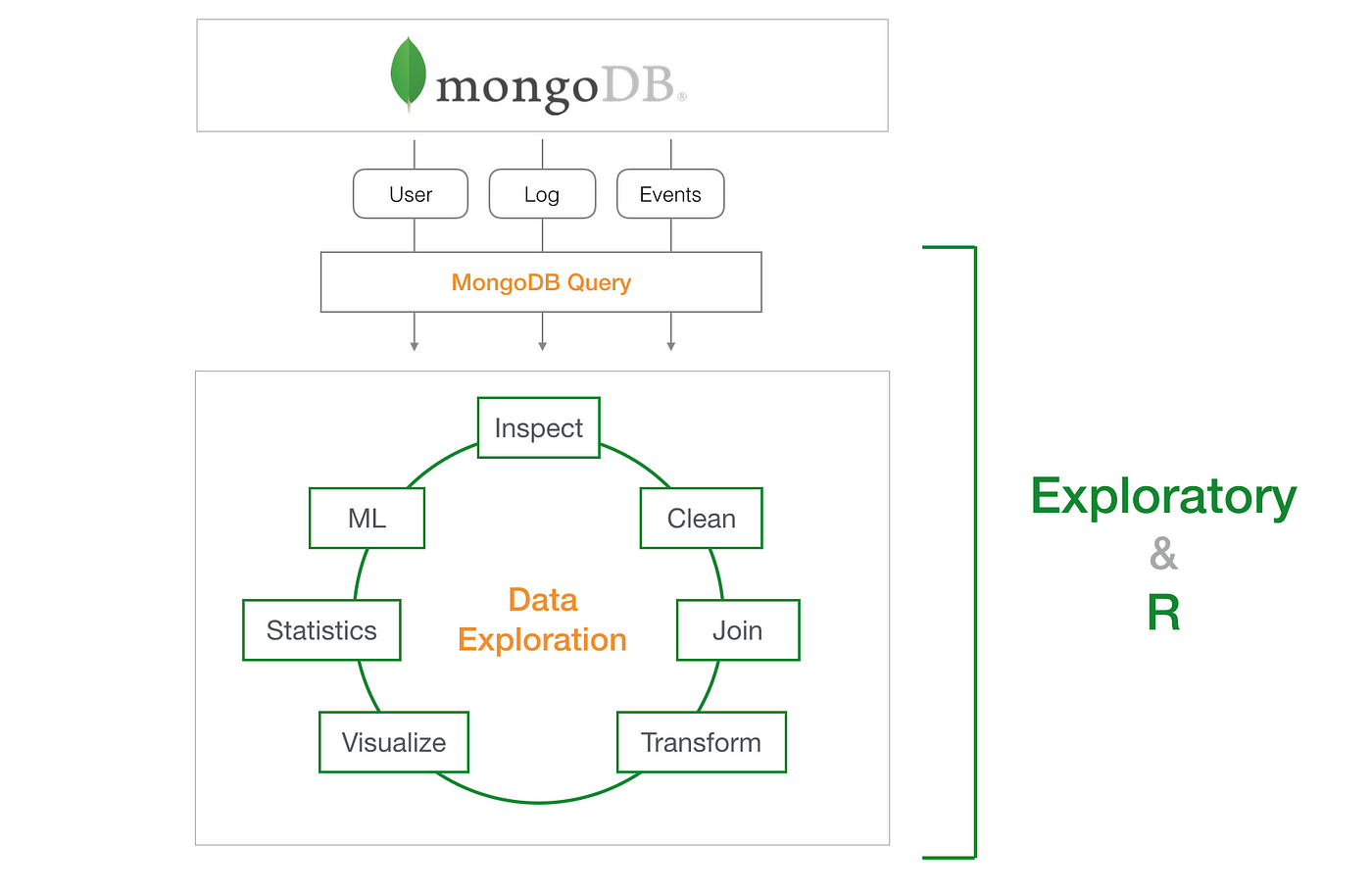$facet for multi-output aggregation
$facet for multi-output aggregation
In the world of modern web applications and data-driven platforms, data retrieval isn't just about what we fetch, but also how efficiently we can present different views of the same data in a single query. That’s where MongoDB’s $facet stage comes in — a powerful aggregation feature that allows developers to perform multiple aggregation pipelines simultaneously and return multiple outputs within a single query result.
Rather than issuing multiple queries to fetch paginated results, compute statistics, and generate filters, $facet lets you achieve all of these in one go. This not only improves performance but also simplifies backend logic and reduces server load. As applications become more complex and user interfaces demand real-time, multi-faceted insights, understanding how to leverage $facet effectively can be a major advantage.
EXPLANATION:
What is $facet in MongoDB?
$facet is a stage in the aggregation pipeline that allows you to divide processing into multiple sub-pipelines, and returns multiple results in a single document. This is particularly useful when you want different types of aggregations (like paginated results, stats, or filtered views) from the same dataset in one query.
It’s ideal for scenarios like:
-
Dashboards displaying different summaries
-
E-commerce platforms showing product lists + filters
-
Reporting tools with charts and tables from the same data source.
PROCEDURE:
Use Case:
You have a MongoDB collection named products, and you want to:
-
Return a paginated list of products
-
Return the total count of products
-
Return the price statistics (min, max, average)
You have a MongoDB collection named products, and you want to:
-
Return a paginated list of products
-
Return the total count of products
-
Return the price statistics (min, max, average)
Step-by-step Procedure:
-
Create the collection and insert sample data:
db.products.insertMany([ { name: "Laptop", price: 800 }, { name: "Phone", price: 500 }, { name: "Tablet", price: 300 }, { name: "Monitor", price: 200 }, { name: "Keyboard", price: 50 }, { name: "Mouse", price: 30 }])
2.Build the aggregation query with $facet: { paginatedResults: [ { $skip: 0 }, { $limit: 3 } ], totalCount: [ { $count: "count" } ], priceStats: [ { $group: { _id: null, minPrice: { $min: "$price" }, maxPrice: { $max: "$price" }, avgPrice: { $avg: "$price" } } } ] } SCREENSHOT:1. QUERY OUTPUT
-
Create the collection and insert sample data:
$facet:
Future Scope about $facet for Multi-Output Aggregation:
The $facet stage in MongoDB is continuously gaining importance as data complexity increases and multi-view outputs become essential in modern applications.
Future Potential:
-
Advanced Dashboards: $facet allows real-time summaries and lists in analytics dashboards with high performance.
-
AI & ML Pipelines: Can be used to prepare multiple training views in a single query for ML applications.
-
Serverless Applications: Perfect for serverless backends (like AWS Lambda) to reduce the number of DB calls.
-
Enhanced UI/UX: Enables powerful filtering + listing + sorting in one shot, improving frontend performance.
Advanced Dashboards: $facet allows real-time summaries and lists in analytics dashboards with high performance.
AI & ML Pipelines: Can be used to prepare multiple training views in a single query for ML applications.
Serverless Applications: Perfect for serverless backends (like AWS Lambda) to reduce the number of DB calls.
Enhanced UI/UX: Enables powerful filtering + listing + sorting in one shot, improving frontend performance.
Conclusion:
MongoDB’s $facet is a game-changer for developers needing multiple aggregation outputs in a single, concise query. It enhances performance, reduces round-trips to the database, and supports complex frontend requirements. Whether you’re building an admin dashboard, an e-commerce site, or a custom analytics tool — $facet can be your best friend in MongoDB aggregation pipelines.
MongoDB’s $facet is a game-changer for developers needing multiple aggregation outputs in a single, concise query. It enhances performance, reduces round-trips to the database, and supports complex frontend requirements. Whether you’re building an admin dashboard, an e-commerce site, or a custom analytics tool — $facet can be your best friend in MongoDB aggregation pipelines.
Akanksha Patil
University: Shree Balaji University, Pune
School: School of Computer Studies
Course: BCA (Bachelor of Computer Applications)
Interests: NoSQL, MongoDB, and related technologies






Nice blog
ReplyDeleteNice 👍🏻
ReplyDeleteNice 👍
ReplyDeleteNice blog
ReplyDeleteVery well explained 👍
ReplyDeleteNice👍🏻
ReplyDeleteExcellent
ReplyDeleteGreat post👍
ReplyDeleteThis comment has been removed by the author.
ReplyDeleteExcellent
ReplyDeleteThis blog is super helpful! The explanation of $facet with step-by-step examples and screenshots made it really easy to understand. Great work, Akanksha! Keep sharing more MongoDB insights like this 🙌
ReplyDeleteNice 👍
ReplyDeleteNice 👍🏻
ReplyDeleteNice
ReplyDeletegood !!!
ReplyDeleteGreat Work..
ReplyDeletegreat
ReplyDeleteNice Explanation..
ReplyDeleteNice blog
ReplyDelete